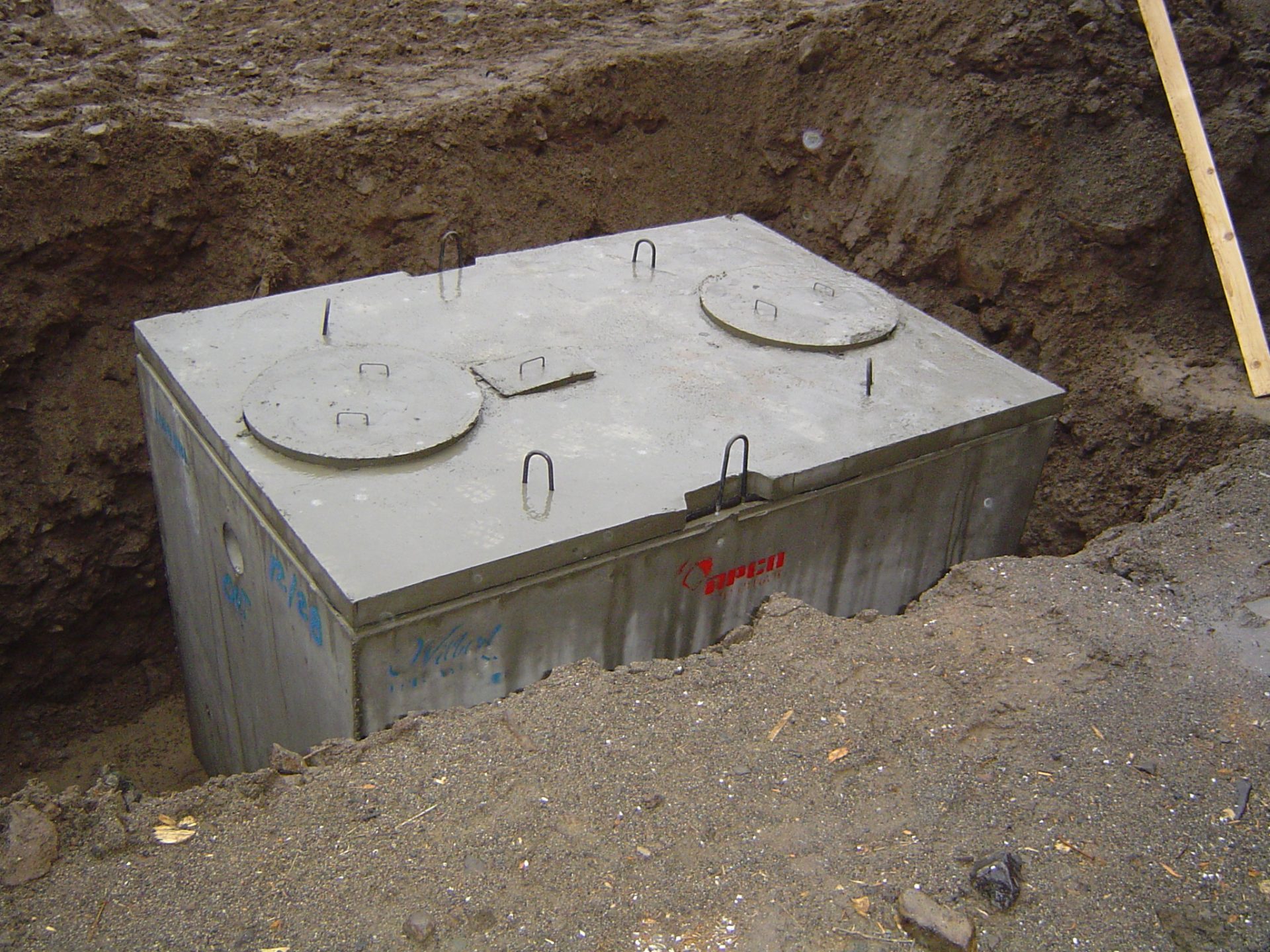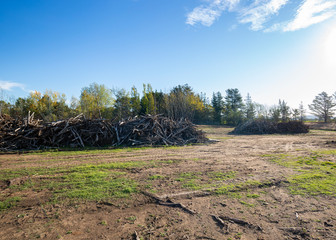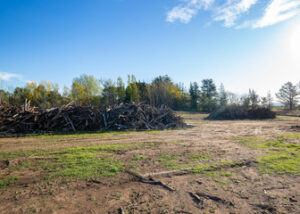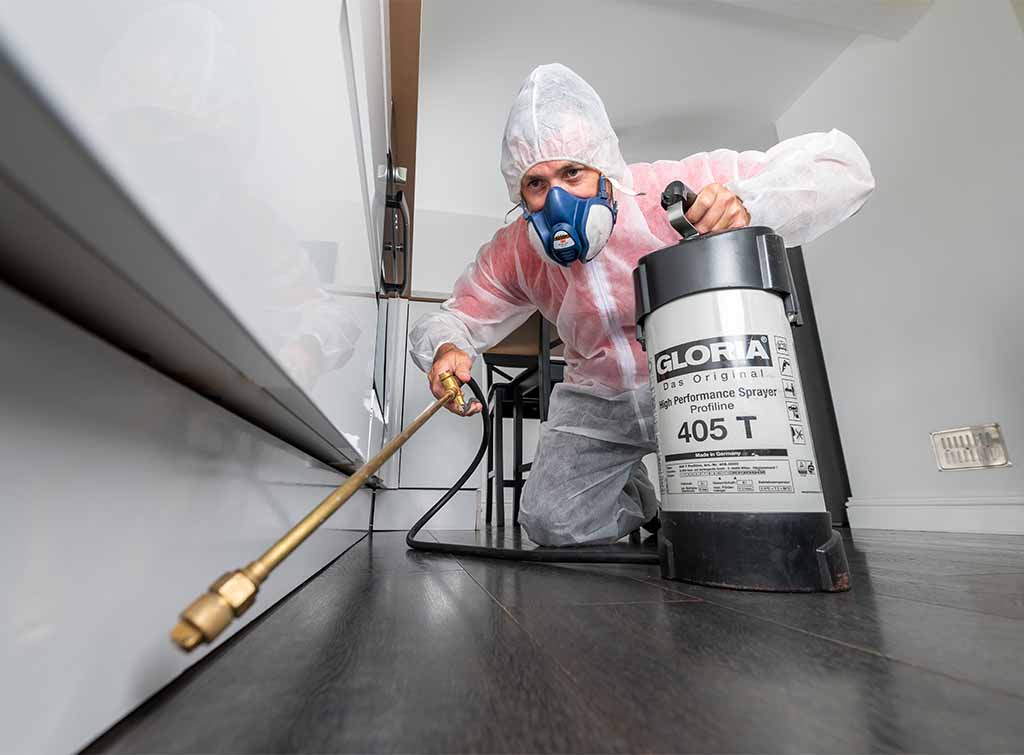Ceilings Perth are often seen as out of sight and out of mind but they play a major role in providing quality workspaces and offering environmental and acoustic comfort. They also act as a surface for the placement of electrical and mechanical systems.
From classic tray and coffered to the more modern pebble dash, there are many types of ceilings to consider for your home.
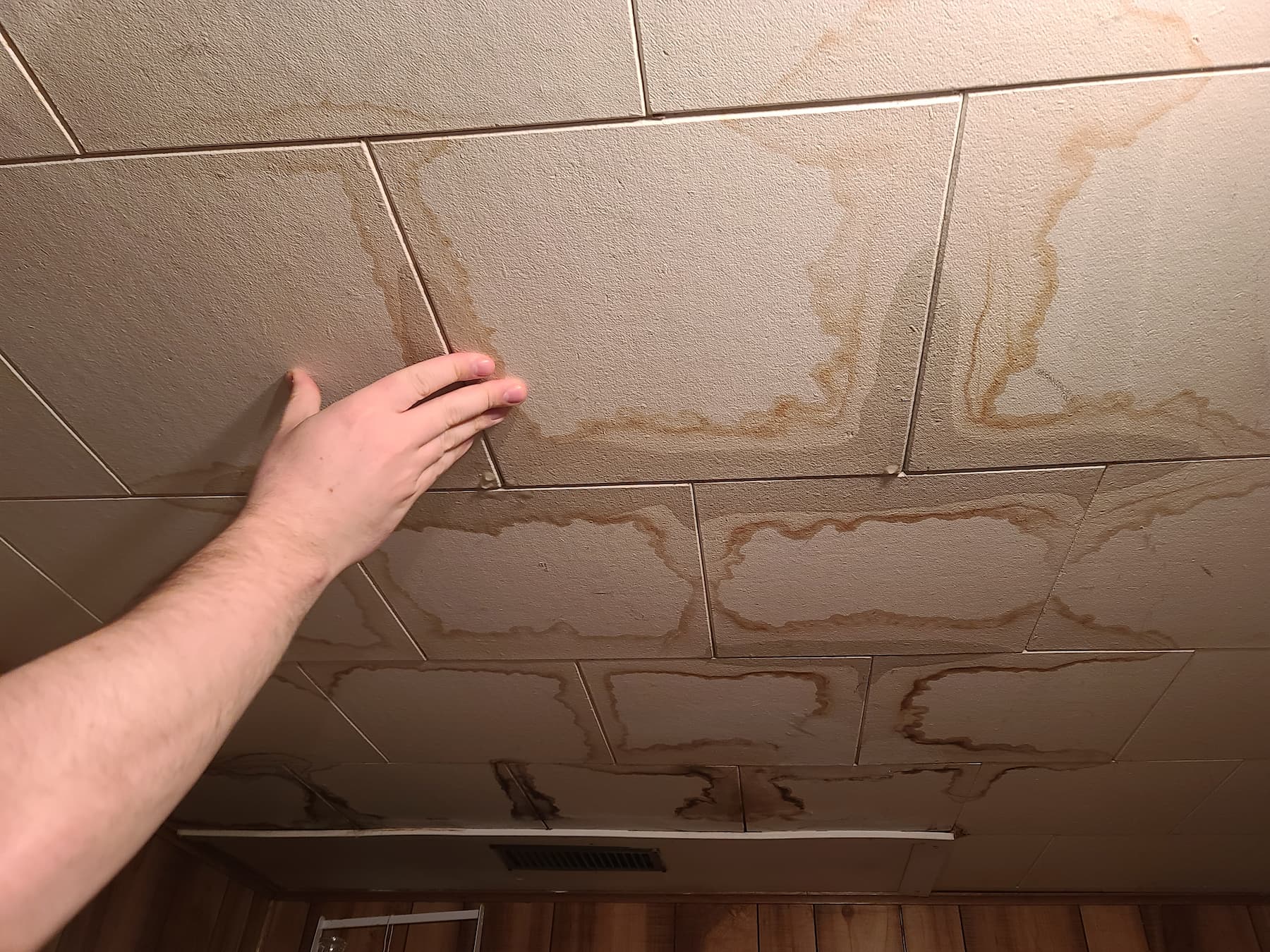
Decorative ceilings are a great way to add visual interest in any room, from home theaters and dining rooms to offices and bedrooms. The right ceiling design can highlight the unique architectural style of your home, or it can complement a contemporary or traditional room design. Decorative ceilings can also create the illusion of height in a room, which can make it feel more spacious.
While conventional ceilings are flat, single-color drywall panels found in most homes today, there are plenty of options to choose from when it comes to decorative ceilings. From coffered and tray ceilings to vaulted and barrel-vaulted designs, there are numerous ways to enhance your home’s interior without sacrificing functionality.
Trimmed ceilings feature trim work that can include light fixture plates, onlays, rosettes, medallions, and lattices. They can be a simple geometric option or something more elaborate, like intricate scrolls and floral patterns. Trimmed ceilings are often paired with crown molding to add even more depth and beauty to a room.
The Art Nouveau movement saw the popularity of raised plaster patterns and trompe l’oeil paint on a ceiling. These three-dimensional patterns could be in a variety of shapes and styles, from flowering vines to whimsical snakes. These designs were created by skilled painters on a plaster background, making use of a technique called stippling.
Another ceiling finishing technique was the use of gypsum board with a wide range of plaster textures, from smooth to rough. This ceiling type can still be seen in many historic buildings, and it’s a great way to bring a natural, earthy tone to any room.
Other popular ceiling finishes at the turn of the 20th century were stippled plaster and molded plaster, paired with trompe l’oeil. These styles were particularly effective in hiding imperfections, such as seams where the ceiling and wall met.
Modern decorative ceilings can also be found in commercial spaces, from hotels to auditoriums and restaurants. Whether you want to create a bold statement or simply bring a sense of warmth and elegance, Rockfon has the right ceiling solution for any space.
Suspended Ceilings
Suspended ceilings are a modern solution that adds aesthetic appeal to any room while providing many functional benefits. These types of ceilings can hide services like ductwork, plumbing and electrical wiring as well as improve insulation and reduce noise levels. These types of ceilings are also resistant to mould and bacteria which makes them ideal for healthcare environments. Additionally, suspended ceilings can be fitted with different types of sound absorbing materials that are tailored to suit a specific space.
There are a wide variety of tiles and panels to choose from in a suspended ceiling system and these can come in a number of finishes, styles, and suspension systems. There are even options that offer fire resistance. These are a great option for anyone looking to renovate their home as they can be installed in just a matter of days with minimal mess or disruption.
These ceilings are also easy to maintain and can be easily accessed for maintenance or utility access. They can help lower energy costs and trap warm air in a room which reduces the heating required to keep it comfortable. These are a great choice for any room, whether it’s for living rooms, bedrooms, kitchens or offices.
Suspension systems consist of a network of grids and beams that hold the ceiling tiles in place. These are typically made from aluminium and can be modified for different room dimensions. These are also available in a wide variety of colours and can be combined with other types of materials to create unique and interesting designs.
Aluminium suspended ceilings are popular as they can provide a high level of light reflectance which is especially beneficial for larger spaces that need to be brighter and more spacious. They can also be fitted with sound absorbing tiles that are designed to combat the transfer of noise between different rooms. This helps create a more private space and can be especially helpful for office environments where productivity levels need to remain high. There are many acoustic options available for this type of ceiling, and Arktura’s Soft Sound material is sustainably produced from recycled milk cartons and can transform a noisy space into a quiet and relaxing environment.
Acoustic Ceilings
Acoustic ceilings are designed to improve the sound quality of a room by reducing noise pollution. They do this by absorbing sound waves rather than allowing them to reflect off the surface of a room’s walls. This makes them a good choice for office buildings and other commercial spaces where clear communication is important.
Acoustical ceilings are available in a wide range of styles and colours, making it easy to choose one that matches your interior design. They also offer a number of other benefits that make them a great choice for many types of spaces, including fire resistance and mitigating the risk of mold and moisture buildup.
Some types of acoustic ceilings also reduce the need for maintenance, as they are easily cleaned with a damp cloth. This can help cut down on costs for building owners and managers.
There are three main types of acoustic ceilings: those that block noise, those that absorb sound, and those that diffuse sound. The best type of acoustic ceiling for any given situation depends on the need to control noise levels and other factors. For example, a sound-blocking ceiling is best for situations where the sound from an adjoining space could potentially leak through a grid system on the ceiling into a space below.
Another way to classify acoustic ceilings is by their colour and texture. Many types of acoustic ceilings feature small holes and a bumpy surface to reduce the transmission of sound. Others use different patterns and textures to add visual interest. For instance, acoustic wood ceilings use stains to highlight the organic hues and textures of various species. While acoustic metal ceilings use coatings to replicate the look of paint and other surfaces.
A popular ceiling type from the postwar period was a grid-style acoustic panel. This style was widely used in assembly spaces, gyms, and other large rooms. These ceilings were often hung in suspended grid systems, although they can be mounted directly onto the ceiling with furring strips as well. These types of acoustic ceilings are considered by many to be part of the historic character of buildings and should be preserved when possible.
Insulated Ceilings
Insulation is a vital part of the home, not only keeping it warm in winter and cool in summer but also improving energy efficiency and reducing noise levels. Adding insulation to your roof and walls can help lower energy bills, while also prolonging the life of your roof and home. In addition, proper insulation keeps moisture and toxins out of your home, helping to prevent mould growth. Choosing the right ceiling insulation for your needs and budget will ensure your home is a comfortable and efficient place to live.
There are several types of ceiling insulation available, ranging from batt and roll insulation to spray foam and rigid insulation boards. Each option has its own benefits and disadvantages. Consider the R-value of each material, as well as its moisture resistance and fire safety rating. You will also want to consider how easy it is to install each type of insulation. If you are not confident in DIY installation, it is a good idea to consult a professional insulation contractor who can offer expert guidance tailored to your needs and budget.
One of the most common types of ceiling insulation is fibreglass batts. These are pre-cut strips that can be easily installed between joists or beams. High-density batt insulation is ideal for cathedral ceilings, as it can fit between joists without the need for a vent baffle.
Spray foam insulation is another popular option for ceilings, offering excellent air and moisture resistance, as well as sound-absorbing qualities. Its R-value is similar to that of fibreglass batts, and it can be used in various areas of the home. There are two main types of spray foam insulation: closed-cell and open-cell. Closed-cell spray foam is more dense and offers an effective air and moisture barrier, while open-cell spray foam is lighter and offers good sound absorption.
If you’re thinking about insulating your ceiling, contact a local roofing company to explore options and get advice on the best solution for your home. A little investment in ceiling insulation can significantly improve the comfort and efficiency of your home while saving you money on energy bills.

